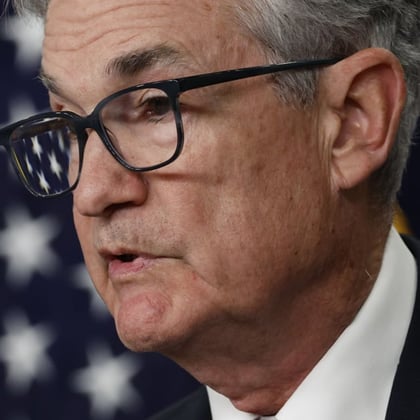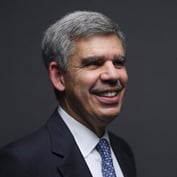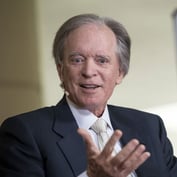Federal Reserve officials could shed light on how many policymakers saw the case for a larger interest-rate increase at their last meeting and whether they anticipated the need to take rates higher than previously thought to tame persistently high inflation.
US central bankers will publish minutes at 2 p.m. Wednesday of their Jan. 31-Feb. 1 gathering, at which they voted unanimously to raise rates by just a quarter percentage point.
That was a moderation from their half-point hike in December after four consecutive jumbo-sized 75 basis-point increases. The action brought the Fed’s benchmark policy rate to a target range of 4.5% to 4.75%.
The minutes will be published after U.S. stocks and bonds sank Tuesday amid speculation the Fed will raise rates further than investors anticipated just weeks ago. A series of Fed officials last week outlined ongoing inflation concerns.
The Fed’s policy statement on Feb. 1 said the “extent of future increases” in rates will depend on a number of factors including cumulative tightening of monetary policy, wording Fed watchers viewed as a signal the central bank may stick with 25 basis-point moves as it approaches the end of its tightening campaign.
“The minutes will express the strategic rationale for moving in 25s in terms that are similar to our own: to learn from the 1H data to what extent the resilient data to date reflected policy lags vs an economy that is more resilient to higher rates,” Evercore ISI’s Krishna Guha and Peter Williams wrote in a note to clients.
 But two hawkish policymakers, Cleveland Fed President Loretta Mester and St. Louis Fed President James Bullard, said last week that they saw the case for doing another 50 basis-point hike at the meeting and that such larger moves should still be on the table for upcoming decisions.
But two hawkish policymakers, Cleveland Fed President Loretta Mester and St. Louis Fed President James Bullard, said last week that they saw the case for doing another 50 basis-point hike at the meeting and that such larger moves should still be on the table for upcoming decisions.
Bullard, speaking on CNBC on Wednesday morning, repeated his view that the resilience of the economy shows the need for the Fed to keep raising rates and get policy to a sufficiently restrictive level as soon as possible.
“It has become popular to say well let’s slow down and feel our way to where we need to be. But we still haven’t got to the point where the committee put the so-called terminal rate,” he said. “I think we are going to have to get north of 5%. Right now I’m still at 5.375%.”
The readout of the gathering could offer insight on whether those two officials, who do not vote in monetary policy decisions this year, were alone in their thinking or if others shared their view. That said, Richmond Fed President Thomas Barkin pushed back against the possibility of returning to bigger hikes, saying on Friday that 25 basis-point increases give officials more flexibility.









 February 22, 2023 at 09:54 AM
February 22, 2023 at 09:54 AM












 But on the heels of stronger economic data and hawkish messaging from some policymakers, markets now see the Fed extending its rate hiking campaign for longer than previously expected. Quarter-point rate increases are fully priced in for March and May and the odds of another such move in June are high. Investors see rates peaking at 5.37% this year, according to financial futures contracts.
But on the heels of stronger economic data and hawkish messaging from some policymakers, markets now see the Fed extending its rate hiking campaign for longer than previously expected. Quarter-point rate increases are fully priced in for March and May and the odds of another such move in June are high. Investors see rates peaking at 5.37% this year, according to financial futures contracts.